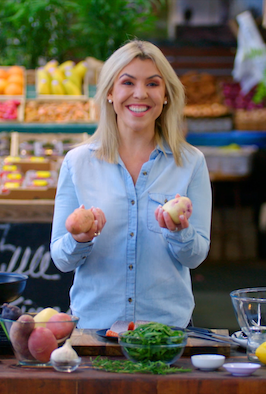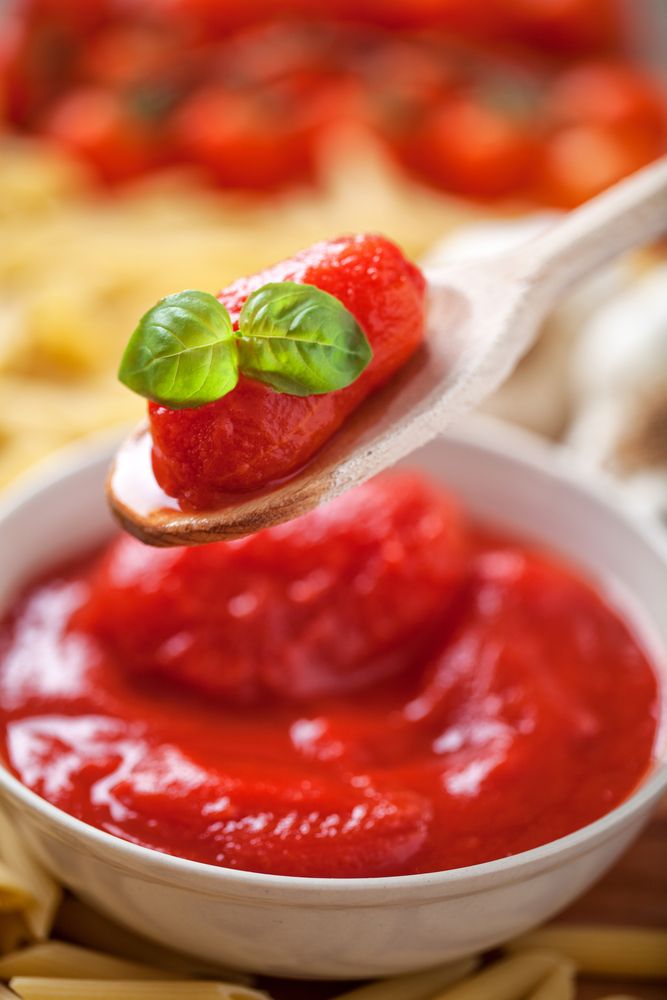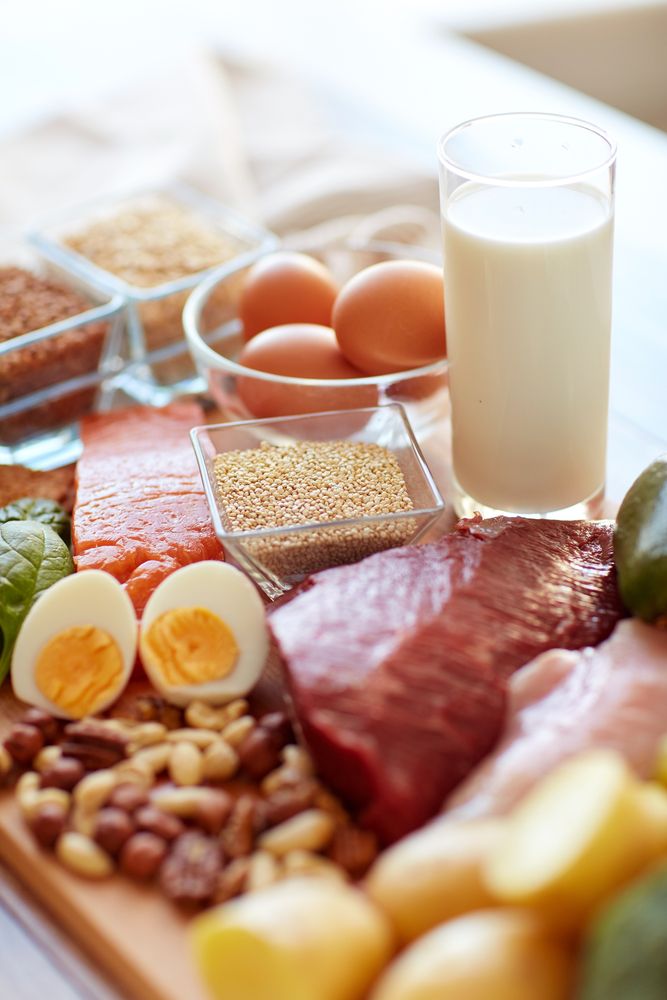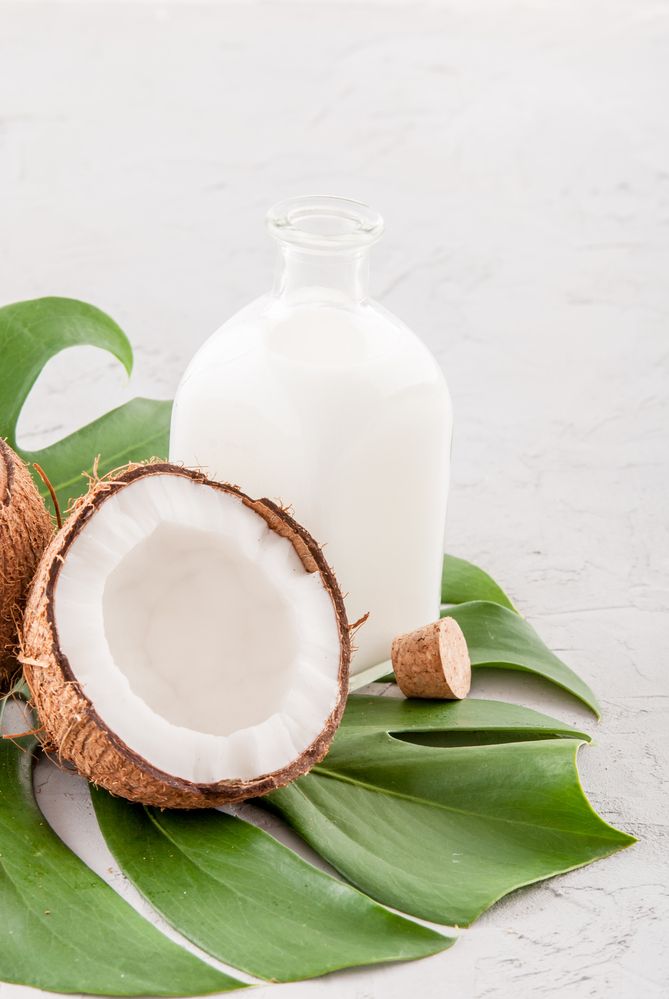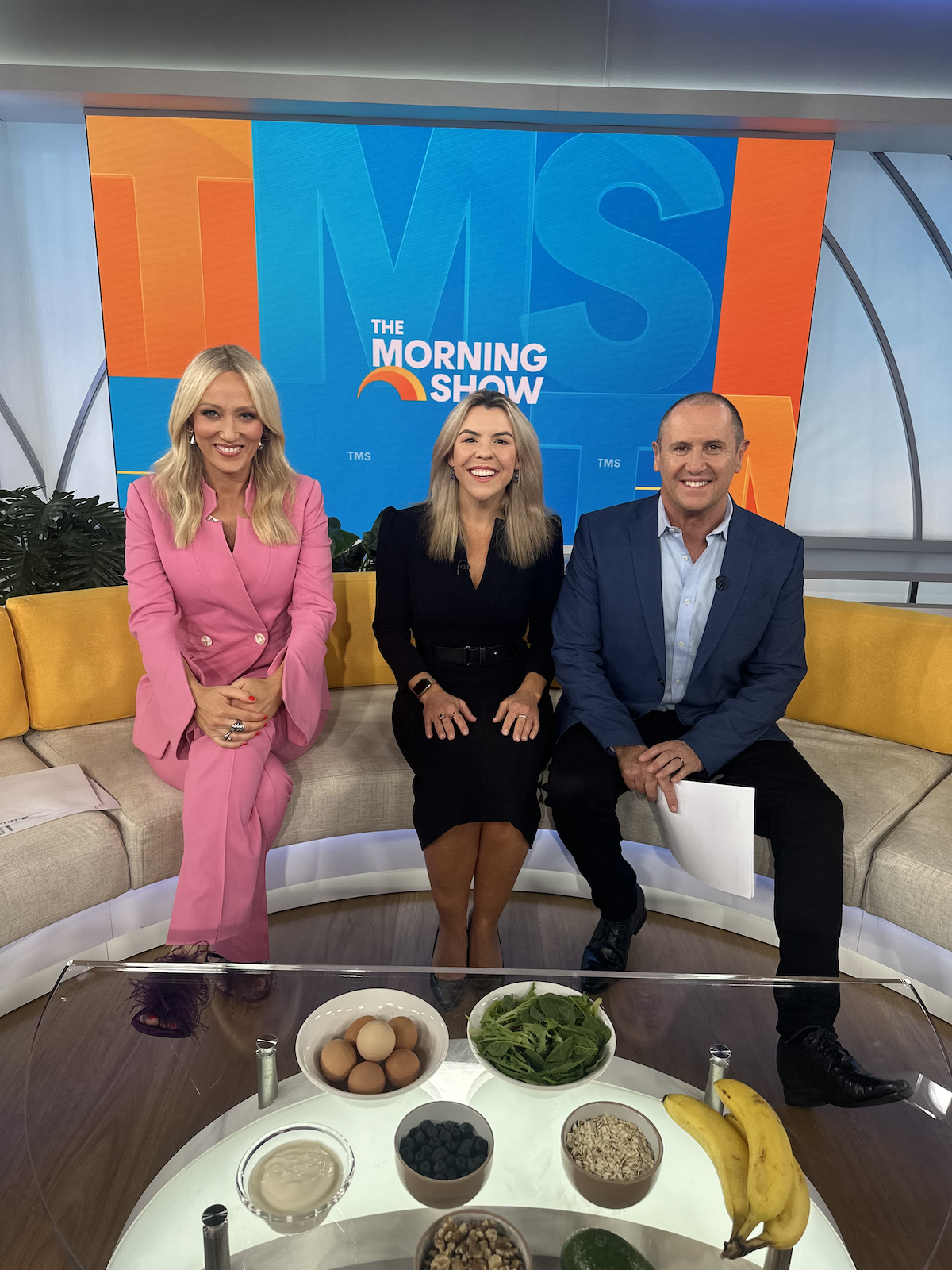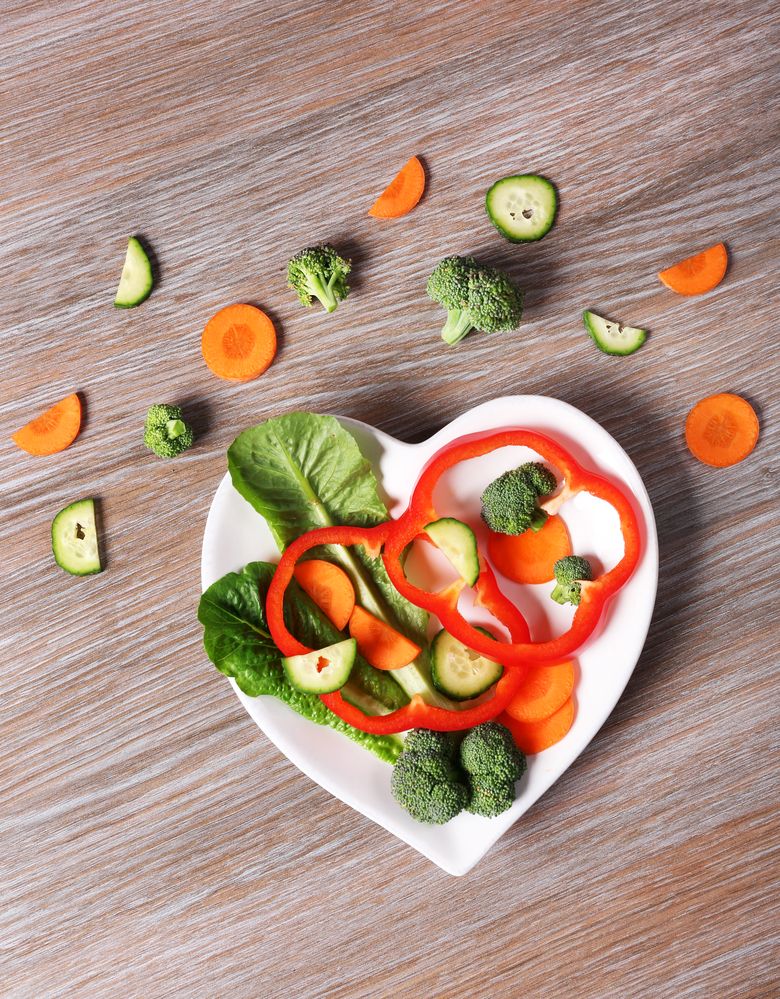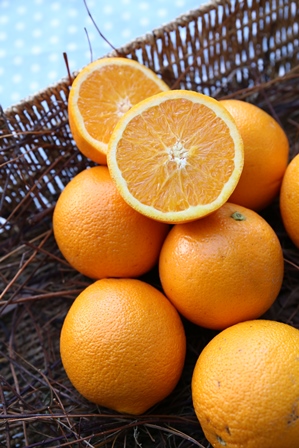What is Vitamin C (ascorbic acid)?
Written by Catherine Saxelby
on Monday, 21 October 2013.
Tagged: antioxidants, vitamins

From curing the common cold to fighting off cancer, vitamin C (ascorbic acid) has been under study for many different health problems. Chemically known as ascorbic acid, it is a water-soluble nutrient found largely in vegetables, salads, fruits and juices. It cannot be stored and exits the body via your urine. It first came to light in the mid-1700s when the British navy were searching for a treatment for scurvy, a terrible condition that plagued many of their sailors on long ocean voyages without access to anything fresh for weeks or months.
Most animals produce their own vitamin C, but humans (and guinea pigs) cannot. For this reason, humans must eat ample amounts of vitamin C every day. Here's how:
What does vitamin C do in the body
- Keeps gums, teeth and bones healthy
- Speeds up the healing of cuts and wounds
- Helps resist infection and boost your immunity
- Needed for the formation of collagen, a cementing material in blood vessels, bones and teeth
- Boosts the absorption of non-haem iron from vegetables and grains eg combine orange juice with your wholegrain breakfast cereal
- Vitamin C is a powerful antioxidant - its main job appears to regenerate vitamin E and inhibit the formation of carcinogenic nitrosamines in the stomach.
Free radicals are compounds formed when our bodies convert the food we eat into energy. People are also exposed to free radicals in the environment from cigarette smoke, air pollution, and ultraviolet light from the sun.
How much do I need?
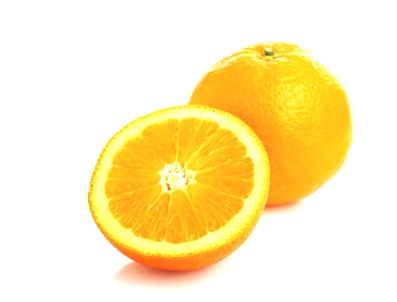 The Recommended Dietary Intakes for vitamin C per day are:
The Recommended Dietary Intakes for vitamin C per day are:
(NHMRC Australia 2006):
26 mg for babies (0 to 6 months) AI
30 mg for babies (7 to 12 months) AI
35 mg for children (1 to 8 years)
40 mg for children (9 to 18 years)
45 mg for adults (19 to 70+ years)
55-60 mg for pregnant women
80-85 mg for breastfeeding women.
mg means milligrams
If you smoke, add an additional 50 mg of vitamin C to the above figures.
Safe upper limit for vitamin C
Stick to 1000 mg – this is a prudent limit although many people take more eg 2000 mg (2 grams) to 3000 mg (3 grams) as supplements during winter. There doesn't appear to be significant side effects and how much you consume will be limited by diarrhoea and upset stomach.
Best food sources
Vitamin C is found in a wide range of fresh fruit and vegetables, the most widely consumed being the citrus fruit and their juices (orange, mandarin, grapefruit, lemon, lime, tangelo). However many other fruit and vegetables have a higher concentration weight for weight and it's worth seeing how many of these you can fit into your daily meals.
My Top 20 sources
Concentration by weight per 100 g listed in descending order:
- Guava
- Blackcurrant juice
- Capsicum, red, raw
- Chili powder
- Orange peel
- Lemon peel
- Broccoli, raw
- Watercress
- Parsley, raw
- Chinese cabbage, cooked
- Brussels sprouts, cooked
- Kale, cooked
- Kiwifruit
- Cauliflower, raw
- Cabbage, red, raw
- Grapefruit juice
- Paw-paw, raw
- Lemon juice, home-squeezed
- Basil, raw
- Oranges, raw
Source: Foodworks 2009
Prolonged heating destroys a lot of the vitamin C in fresh produce so it pays to cook your veggies lightly (steam or microwave is the kindest) and eat plenty of fresh fruit and raw salads.
Many juices have added vitamin C so you can use these to top up your intake from fresh food.
Easy ways get your recommended day's intake of 45 mg (figures in mg):
| Eat an orange as a snack | 70 |
| Buy a freshly-squeezed juice 300 mL | 100 |
| Make a Greek salad with tomato 45, capsicum 95 and parsley 30 | 170 |
| Have fresh strawberries 50 for dessert with ice-cream or yoghurt | 50 |
Deficiency signs
- Fatigue
- Loss of appetite
- Greater susceptibility to infections, colds, sniffles, run down easily
As vitamin C deficiency progresses:
- Delayed healing of cuts and wounds
- Diseased and bleeding gums
- Loss of teeth
- Weak bones
- Mental confusion, irritability
- Haemorrhages, bruising and blood clots under the skin
- Scurvy and death
Vitamin C facts
- Scurvy is the serious disease resulting from the deficiency of vitamin C, the symptoms of which start with swollen and bleeding gums, bruising and lethargy.
- The term 'scurvy' for the disease resulting from prolonged vitamin C deficiency had origins in 'scorbutus' (Latin), 'scorbut' (French), and 'Skorbut' (German). Scurvy was a common problem in the world's navies and is estimated to have affected 2 million sailors.
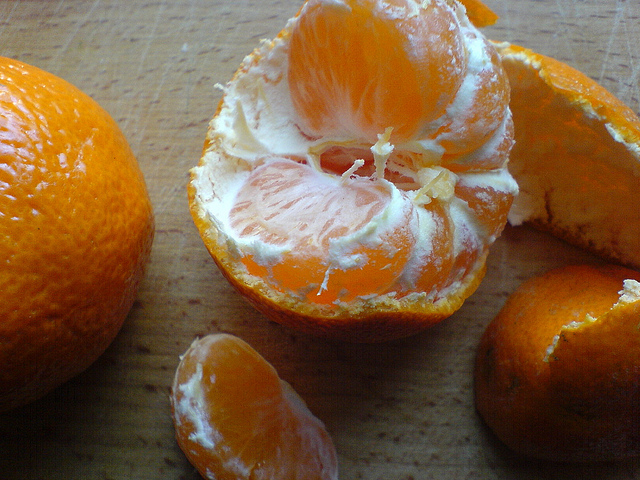
- British naval surgeon James Lind is revered as the first doctor to conduct systematic clinical trials of potential cures for scurvy. In 1747, Lind selected 12 men from HMS Salisbury, all suffering from scurvy. He divided them into six pairs, giving each group different additions to their basic diet. Those fed citrus fruits – lemons and oranges - experience a remarkable recovery.
- British influence in the Caribbean in the late 1800s lead to the use of limes over lemons and oranges, since limes were more available. British sailors become known as 'limeys', which refers to the practice of supplying rations of lime juice to British sailors to prevent scurvy.
- Humans are one of a few groups of animals that are unable to make their own vitamin C (the guinea pig is another animal that can't make its own vitamin C).
- Nobel Prize winner Linus Pauling was the first to propose a role for vitamin C in protection against colds and flu. Many studies since then have not been able to prove that vitamin C actually prevents colds and flus. Today most opinion supports that it can lessen the length and severity of a cold (around 500mg per day).
- Low intakes of vitamin C from food have been associated with an increased risk for many forms of cancer including the stomach, mouth, oesophagus, pancreas and cervix.
- Some studies suggest that people who eat high levels of vitamin C may be less likely to suffer cataracts in later years.
If you have a lemon or orange tree, count yourself lucky. Here’s me checking out the lemons growing at Mendooran in country NSW.
Download my free Fact Sheet on
pdf
Juices and Juicing
(464 KB)
Save
Save
Save
Save
Reviews
-
Read more
Product snapshot: Tomato pasta sauces
18 September 2023 by, Catherine Saxelby
What’s in your favourite tomato pasta sauce, and how much of it? Here are the most popular sauces reviewed for your reading pleasure.
I’ve rated nine of the most popular tomato pasta sauces in terms of their nutrition, ingredient lists and jar size. You’ll find many of these in your local supermarket. The sauces are ranked:
- from Italian (Italy grows the reddest full-flavoured tomatoes) to Australian
- per 100 grams, which is equivalent to 3½ ounces (the standard for comparing food products)
- by serving size (varies between brands but is generally 100–175 g in size)
- by ingredient list, jar size and where made (with each product’s website as the source)
The bottom line
When you’re next out shopping, run your eyes down the per 100 g column and look for products containing less than 400 mg sodium AND less than 5 g fat (which equals 5% fat). Most of the brands are below these levels. I like Barilla, Sacla, Leggo’s, La Gina and Mutti – but that’s just me!
-
Product review: Low-sugar alcoholic ginger beer
1 March 2023 by, Catherine Saxelby
Want something to drink before dinner? Something that’s LOWER in alcohol than wine? To match his beer? Then look no further than Bundaberg’s low-sugar alcoholic ginger beer.
You can drink Bundaberg low-sugar ginger beer straight from the can, or pour it into a long glass over ice with a slice of lime.
-
Product snapshot: Berkelo’s Khorasan Macaroni
14 September 2022 by, Catherine Saxelby
I’m loving this macaroni from Berkelo. I was sent a sample for Whole Grain Week 2022 by the Grains Legume Nutrition Council. I cooked it up and found that it was just divine! Read on for more …
-
Product review: Super high-oleic safflower oil
11 May 2022 by, Catherine Saxelby
“What does super high-oleic mean?” I hear you ask. Also, “I haven’t heard of safflower for ages. What’s the deal?” Read on and all will be explained.
-
Product review: Healthy Life Food Tracker
6 April 2022 by, Catherine Saxelby
When I was first asked to write this review, I thought, Not another tracker.
After all, there have been several in recent years, such as My Fitness Pal and Everyday Diet Diary. But this one is different. It works by using your Everyday Rewards card AND your shop at Woolworths.
-
20 October 2021 by, Catherine Saxelby
With home delivery on the rise, this post is reviewing none other than that stalwart Lite n’ Easy. We all know their meals are good for weight loss (which we all need after COVID-19!), but did you know they’re also good for general health and wellbeing ? Eating well to nourish yourself – putting your mental health and wellbeing at the forefront – is gaining momentum. Lite n’ Easy meals also ensures you satisfy your need for vitamins, minerals, fibre and phyto-compounds, such as sterols and carotenoids.
 This post has been sponsored by Lite n' Easy.
This post has been sponsored by Lite n' Easy. -
Product review: Birds Eye Plant Based range
15 September 2021 by, Catherine Saxelby
When you think of Birds Eye, their frozen peas and fish fingers probably come to mind. But I bet you’d never think of plant-based products!
 This post has been sponsored by Birds Eye.
This post has been sponsored by Birds Eye.
Healthy Weight Loss
-
Read more
Intermittent fasting vs daily calorie restriction
3 May 2023 by, Catherine Saxelby
As you probably know already, intermittent fasting (IF) has gained favour as an alternative regimen to daily caloric restriction (DCR). Fasting is shown to extend the lifespan of rats, and has been associated with metabolic benefits in humans, yet the results so far have been inconsistent. So, which regimen is best for healthy weight loss?
-
15 March 2023 by, Catherine Saxelby
What sort of a diet should you follow to lose that excess weight? These days, it’s pretty confusing with high-protein Keto advocates clashing with plant-protein followers … as well as intermittent fasters, juice-only dieters, no-carb dieters and no-animal (aka plant-based) dieters. Plus all the ads for anti-hunger supplements, meal-replacement shakes and home-delivered meals, more of which somehow appear every day. So, what sort of diet should YOU follow to lose that excess?
-
Protein shakes for weight loss
9 November 2022 by, Catherine Saxelby
These days, protein shakes aren’t bought by just body builders – they’re so popular that you can readily buy a 400 g tub at your local supermarket or service station. And with tempting claims such as ‘Facilitates muscle toning’, ‘Contains transformation-making protein’ and ‘Tastes incredible, mixes easily’, why wouldn’t you grab one? But protein shakes aren’t the magic answer to all your weight-loss woes. Let’s take a look at what you get for your money.
Guest post by dietitian Zoe Wilson APD
-
20 January 2021 by, Catherine Saxelby
Many of us have cravings from time to time and for different reasons. One thing is certain, they can sabotage all your best efforts at a healthy diet and/or weight loss. The good news? You CAN beat them. I’ll tell you how.
-
How to lose weight WITHOUT going on a diet
14 October 2020 by, Catherine Saxelby
The word 'diet' is a turn-off for most people. It sounds hard, unpleasant and unpalatable. Losing weight doesn’t have to be hard AND it doesn’t have mean sticking to a 'diet'. You can forget Paleo, Keto, Vegan and Raw, Gluten-free and Intermittent Fasting. To lose weight, you don’t have to follow any specific diet. What you need is simple, healthy, nutritious food and a few tips and tricks.
-
What IS a healthy balanced diet for weight loss?
16 September 2020 by, Catherine Saxelby
Healthy weight loss happens when you lose weight slowly and steadily (around 1 kg or 2 pounds weight loss a week). Your goal is to lose weight while still getting your essential nutrients but from smaller portions. You certainly don’t want to be tired with no energy! That’s why you need regular healthy meals and snacks on hand to ensure your vitamins, minerals, omega-3s and fibre needs can be easily met. There is a new range of healthy weight loss meals available and it’s one that I’d like to recommend. With these ready meals, you’ll say goodbye to meal planning, shopping, meal preparation and cooking.
This post is sponsored by Chefgood
-
Kitchen make-over for the New Year
8 January 2020 by, Catherine Saxelby
“This year, I'm going to lose weight!”, or “This year I’m opting for a healthier lifestyle!” Is your 2020 New Year's resolution something like one of these? If so, how is it going to happen?
Most popular
-
Read more
Q. What's the difference between Diet Coke and Coke Zero?
12 September 2013 by, Catherine Saxelby
A. At first glance, Diet Coke and Coke Zero appear to be identical. Both contain no kilojoules (Calories) and no sugar. Both are artificially sweetened with (the same amount) of aspartame and acesulfame K and therefore have the same ‘sweetness’.
-
How to convert sodium to salt (and salt to sodium)
6 August 2010 by, Catherine Saxelby
As a nutritionist, my aim is to help busy women eat healthily. One of the ways to do this is to follow the general nutrition advice to reduce the salt in your diet. So, how can you do this when what you’ll see on a food label and on any recommended daily intakes is sodium?
-
7 types of sugar - which is healthier?
11 December 2013 by, Catherine Saxelby
Last week on the radio, the announcer asked me if there was a 'good' sugar – one that would satisfy her sweet tooth but that was 'healthier' than regular white sugar. She figured if there were 'good' carbs and 'bad' carbs there must be some sugars that would get the nod of approval from nutritionists.
-
Eat to beat gastro and diarrhoea
12 October 2012 by, Catherine Saxelby
A clear fluid diet is the best form of treatment for gastro and tummy upsets. It is the "lightest" type of diet, designed to place as little strain as possible on the digestive tract. It is NOT nutritionally adequate and should be followed only for a strictly limited time e.g. two or three days but no more than a week.
-
Nutella. The full (correct) list of ingredients
12 April 2011 by, Catherine Saxelby
Have you ever tried to find the exact list of ingredients for Nutella online? The identical one that appears on its label - in descending order from the first (largest ingredient by weight) to the last ingredient, as required by law? Well, you won’t find it! Here’s the hoop-la I went through to discover exactly what the ingredients in Nutella are and why Nutella is not good for your kids.
-
Sugar - why quitting sugar guarantees you'll lose weight
6 May 2013 by, Catherine Saxelby
Sugar. It's been labelled "deadly", "addictive", "toxic", "sweet poison" and blamed for the rise in global obesity in recent years." Get rid of the white toxin from your diet and you'll free up your body to drop those excess kilos" (or so say anti-sugar campaigners Sarah Wilson, David Gillespie and Robert Lustig). Here are the three real reasons why I believe quitting sugar helps you lose weight.
-
What does 8,700 kilojoules look like?
14 August 2012 by, Catherine Saxelby
8,700 is a magic number in nutrition. It’s the number of kilojoules (kJ) that is the “average” intake for adults in Australia, if the surveys are correct.
It’s widely used as a benchmark figure and as the basis of food labels such as the Percent Daily Intake values.
Recently kilojoules have appeared on fast food menu boards and they use 8,700 as the yardstick to assess their foods against. Here's my take on it.
Recipes
-
Read more
24 May 2023 by, Catherine Saxelby
This is a kind of pavlova topped with fruit, but the base is made from ricotta, rather than egg whites and sugar.
-
22 March 2023 by, Catherine Saxelby
This is an Asian-influenced salad that’s perfect to serve as a side salad at a BBQ or with a fillet of fish.
-
14 December 2022 by, Guest Post
This banana loaf is half bread and half cake. Hence I've called it "cread" which is halfway! It’s dense and delicious without being super-sweet or oily. It can be enjoyed fresh, toasted or sliced and frozen into portions to enjoy later.
-
23 November 2022 by, Guest Post
This quick and easy dessert is ready in minutes. And there are NO leftovers to tempt you later!
-
19 October 2022 by, Catherine Saxelby
A quick and easily-made sandwich, it’s great for an easy lunch.
-
Spring Vegetable Pesto Pasta Salad
7 September 2022 by, Guest post
This super salad-in-one gives you pasta plus vegetables all together. It has a spring feel to it.
-
Squash-ed spaghetti bolognaise
3 August 2022 by, Guest post
This is an excellent make-and-freeze recipe, so weeknight meals become more manageable. I know of no better way of ‘hiding’ veggies than in a Bol sauce – somehow mince with a few veggies like pumpkin or zucchini is a match-made-in-heaven.
Jemma O'Hanlon
The Good Stuff
The Boring Stuff
© 2025 Foodwatch Australia. All rights reserved
Website by Joomstore eCommerce
